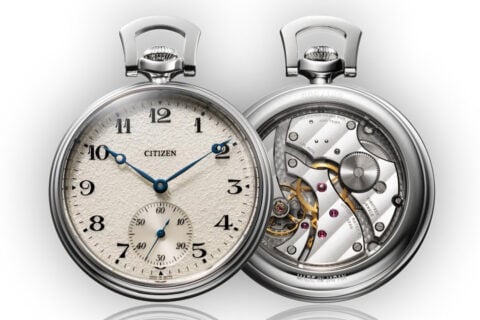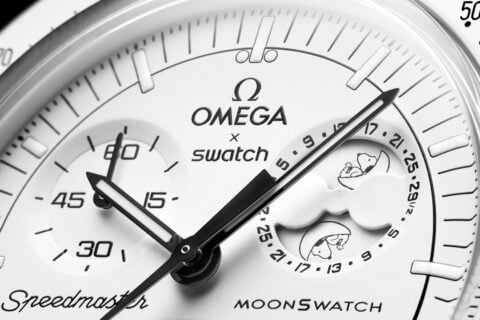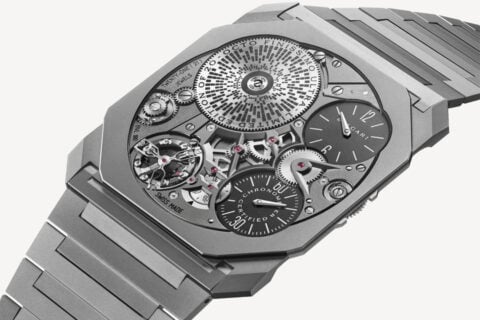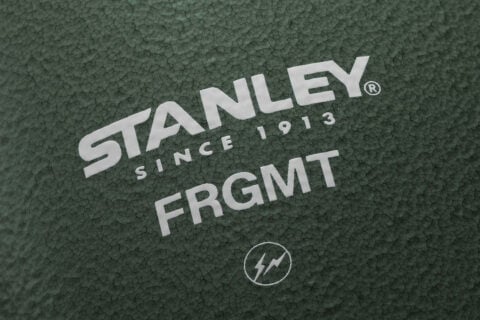Let’s start with a short question that is fiendishly difficult to answer. Can cars be art?
Some surely are. Take the recent Pebble Beach concours, for example, whose brightest stars – several Talbot-Lagos, a Touring-bodied Alfa Romeo 2900B – were extravagant expressions of a very personal vision. Others have an unquestionable sculptural quality that elevates them far beyond a mere industrial product. Cultural commentator and design guru, Stephen Bayley, isn’t so sure, primarily because art is a singular activity and cars are generally a collective one. But he adds: ‘Cars have a narrative density. They are inanimate objects that convey meaning and inspire people. They have usurped art in the public eye.’
Bayley was speaking at the preview of a new show called Grand Basel, from the same organisation that brought us Art Basel and its offshoots. Actually, show isn’t the word, but then none of the organisers could quite settle on an apposite description. This new automotive derivative is neither a trade show, an exhibition, nor a commercial meeting, yet somehow all three combined.
Says Global Director Marc Backé: ‘Grand Basel presents international connoisseurs, experts and collectors with the epitome of automotive culture. It will appeal to a broad enthusiast audience interested in automobile aesthetics, technological sophistication, art and culture.’
‘These are meaningful cars, cars that all have the right story. The idea comes from the gallery, and we use “frame” architecture. It reduces the environment around the cars to a minimum, so there is no marketing pollution.’
 It’s certainly way closer to the rarefied atmosphere of an art gallery or museum than the sweaty artificiality and pungent commercial undertow of a traditional motor show. The curators have selected 113 cars, spread over an impressive 32,000 square metres. Upstairs, there’s a collectors’ lounge that displays another eight cars in a 7000 square metre space. Each car is shown in an engineered ‘frame’, exemplifying their claim to ‘art’. There are too many masterpieces to list, but there’s also sufficient deviation from convention to satisfy people who think they’ve seen it all. (Personal favourites run to the Abarth Serie II Periscopio, Delahaye 35M, Giugiaro’s Corvair Testudo, Isotta Fraschino 8C Monterosa Coupe, and Monteverdi Hai… not to mention the realisation of a car proposed 65 years ago by legendary architect and designer, Gio Ponti, the Linea Diamante.) They’re also beautifully lit, a critical achievement in terms of capturing the often elusive form language of these kinetic sculptures.
It’s certainly way closer to the rarefied atmosphere of an art gallery or museum than the sweaty artificiality and pungent commercial undertow of a traditional motor show. The curators have selected 113 cars, spread over an impressive 32,000 square metres. Upstairs, there’s a collectors’ lounge that displays another eight cars in a 7000 square metre space. Each car is shown in an engineered ‘frame’, exemplifying their claim to ‘art’. There are too many masterpieces to list, but there’s also sufficient deviation from convention to satisfy people who think they’ve seen it all. (Personal favourites run to the Abarth Serie II Periscopio, Delahaye 35M, Giugiaro’s Corvair Testudo, Isotta Fraschino 8C Monterosa Coupe, and Monteverdi Hai… not to mention the realisation of a car proposed 65 years ago by legendary architect and designer, Gio Ponti, the Linea Diamante.) They’re also beautifully lit, a critical achievement in terms of capturing the often elusive form language of these kinetic sculptures.
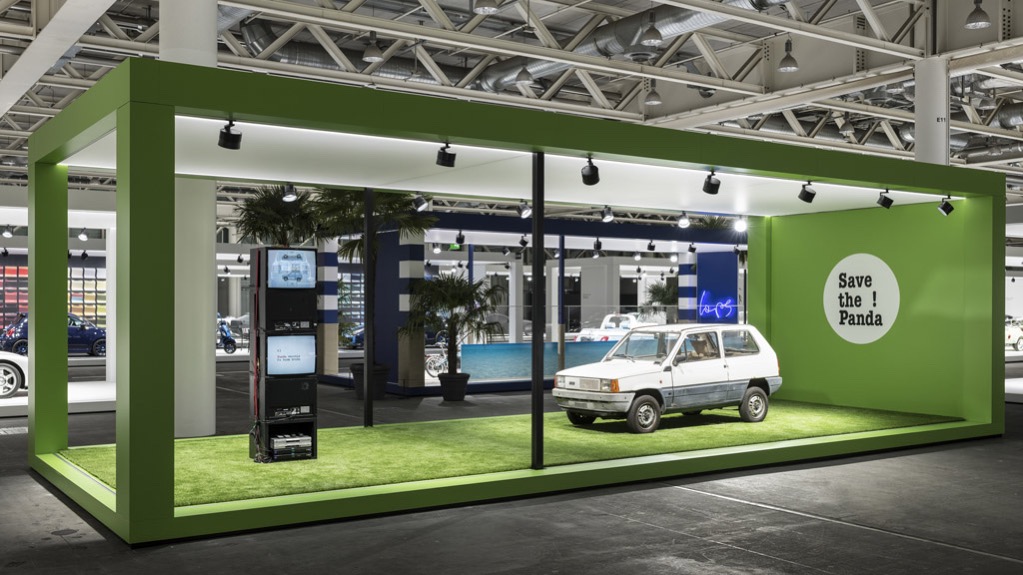
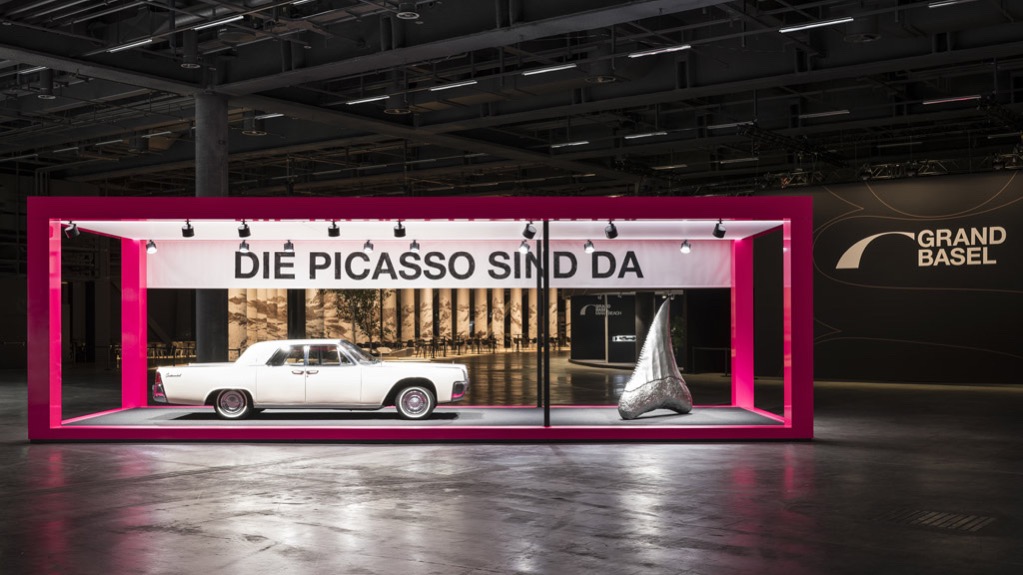
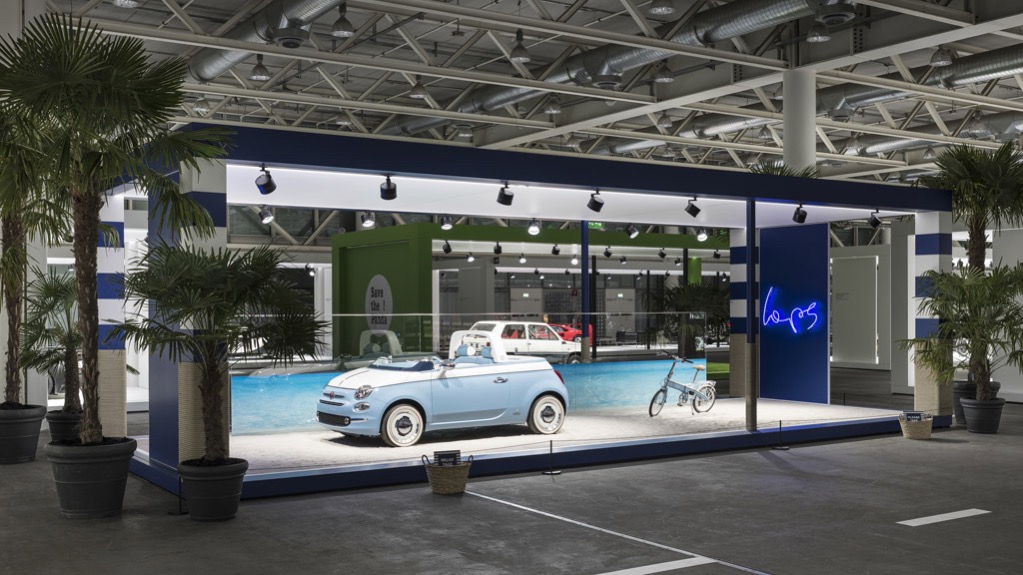

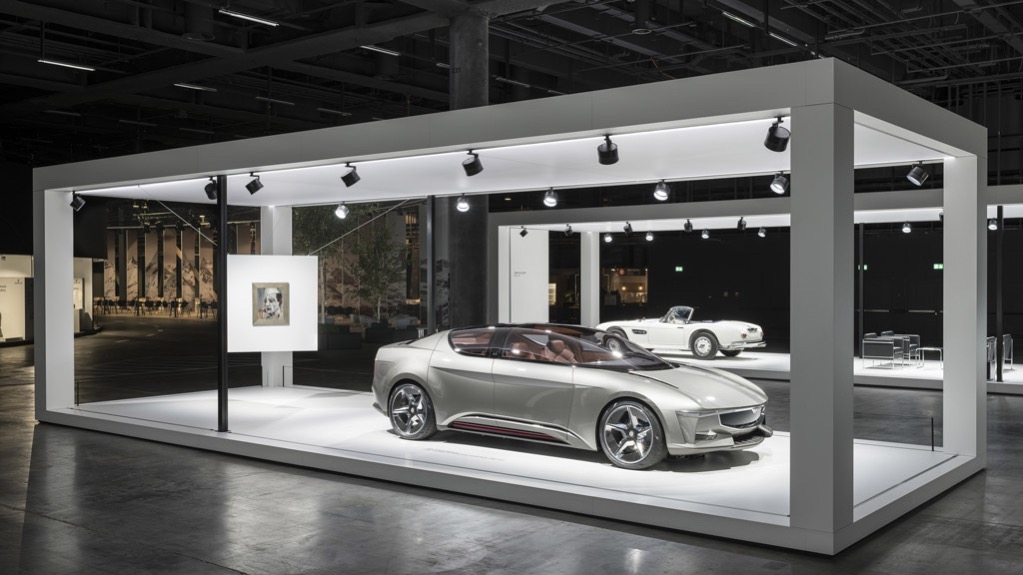
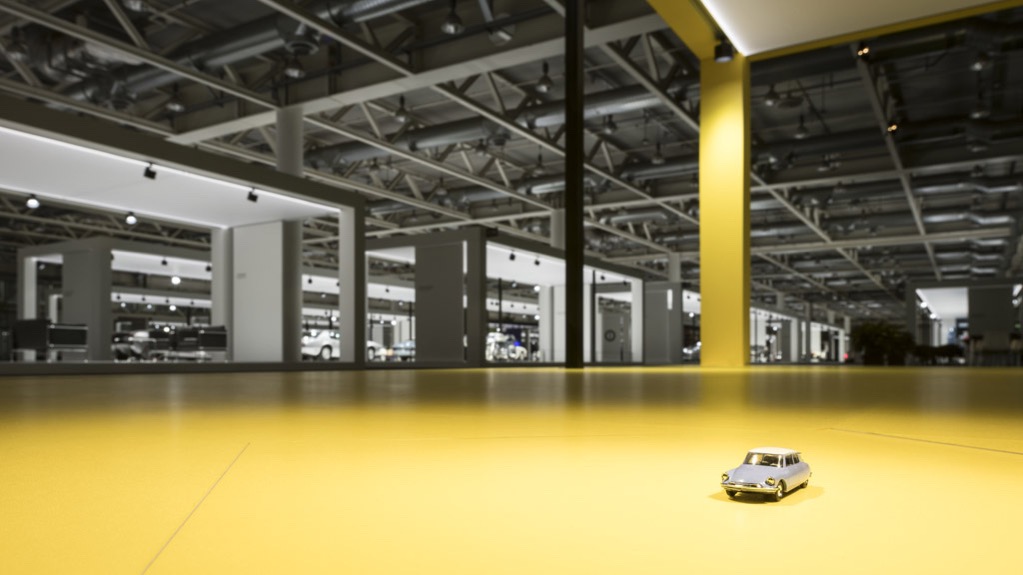 An advisory board, which includes luminaries like Lapo Elkann, Giorgetto Giugiaro, and the aforementioned Stephen Bayley, under the direction of Cologne University’s Professor Paolo Tumminelli, has also curated six personally significant ‘frames’. Not just cars, but relevant associated products. Tumminelli’s is fascinating: it’s an original 1980 Fiat Panda, battered and bloodied, but unbowed. It’s also, of course, one of Giugiaro’s greatest masterpieces, and its spartan genius enables it to hold its head high even in the esteemed company it keeps in Grand Basel. (One of the accompanying objects is a 1969 Olivetti Valentine typewriter, designed by the great Ettore Sottsass – there’s the context.) Artist and fellow board member Sylvie Fleury has chosen a 1961 Lincoln Continental, designed by Elwood Engel and Colin Neale, two arguably well-known automotive design figures but powerfully influential nevertheless. This particular Continental also has remarkable provenance: it was Pablo Picasso’s last personal car. Lapo Elkann showcases his company Garage Italia’s ineffably chic Fiat 500 Spiaggina, alongside a 1958 Boano-bodied original commissioned at the behest of his grandfather, Gianni Agnelli. Bayley, meanwhile, is possibly even more esoteric: the 1962 British market Ford Capri, a coupe that channelled both the more outré styling cues of its US cousins and whose very name alluded to European glamour in an era when Ford was pursuing ‘social promotion’ for its products in a resolutely grey United Kingdom. Proof of the narrative density he talks about.
An advisory board, which includes luminaries like Lapo Elkann, Giorgetto Giugiaro, and the aforementioned Stephen Bayley, under the direction of Cologne University’s Professor Paolo Tumminelli, has also curated six personally significant ‘frames’. Not just cars, but relevant associated products. Tumminelli’s is fascinating: it’s an original 1980 Fiat Panda, battered and bloodied, but unbowed. It’s also, of course, one of Giugiaro’s greatest masterpieces, and its spartan genius enables it to hold its head high even in the esteemed company it keeps in Grand Basel. (One of the accompanying objects is a 1969 Olivetti Valentine typewriter, designed by the great Ettore Sottsass – there’s the context.) Artist and fellow board member Sylvie Fleury has chosen a 1961 Lincoln Continental, designed by Elwood Engel and Colin Neale, two arguably well-known automotive design figures but powerfully influential nevertheless. This particular Continental also has remarkable provenance: it was Pablo Picasso’s last personal car. Lapo Elkann showcases his company Garage Italia’s ineffably chic Fiat 500 Spiaggina, alongside a 1958 Boano-bodied original commissioned at the behest of his grandfather, Gianni Agnelli. Bayley, meanwhile, is possibly even more esoteric: the 1962 British market Ford Capri, a coupe that channelled both the more outré styling cues of its US cousins and whose very name alluded to European glamour in an era when Ford was pursuing ‘social promotion’ for its products in a resolutely grey United Kingdom. Proof of the narrative density he talks about.
As electrification and autonomy takes hold, Bayley also suggests that ‘the big adventure of car design is coming to an end. In which case, this Grand Basel venture is as much an epitaph as it is a celebration. The show was only open from September 6th to the 9th, but this is just a taster: plans are in place to transfer it to Miami and Hong Kong, much like a major art or museum exhibition might travel the world. Don’t miss it.

